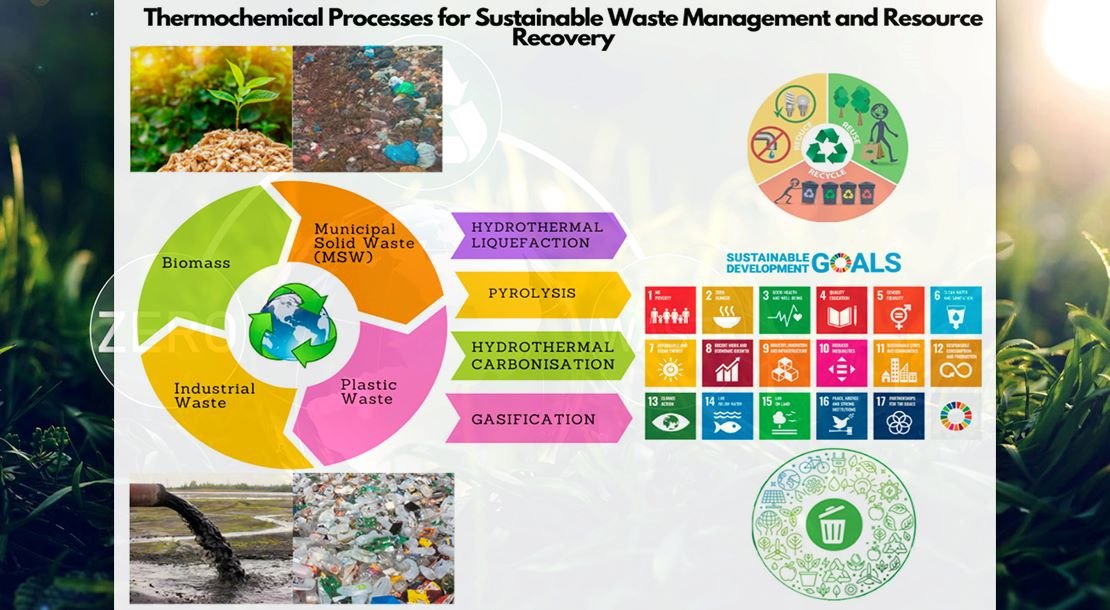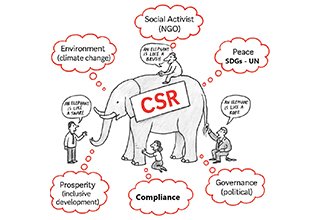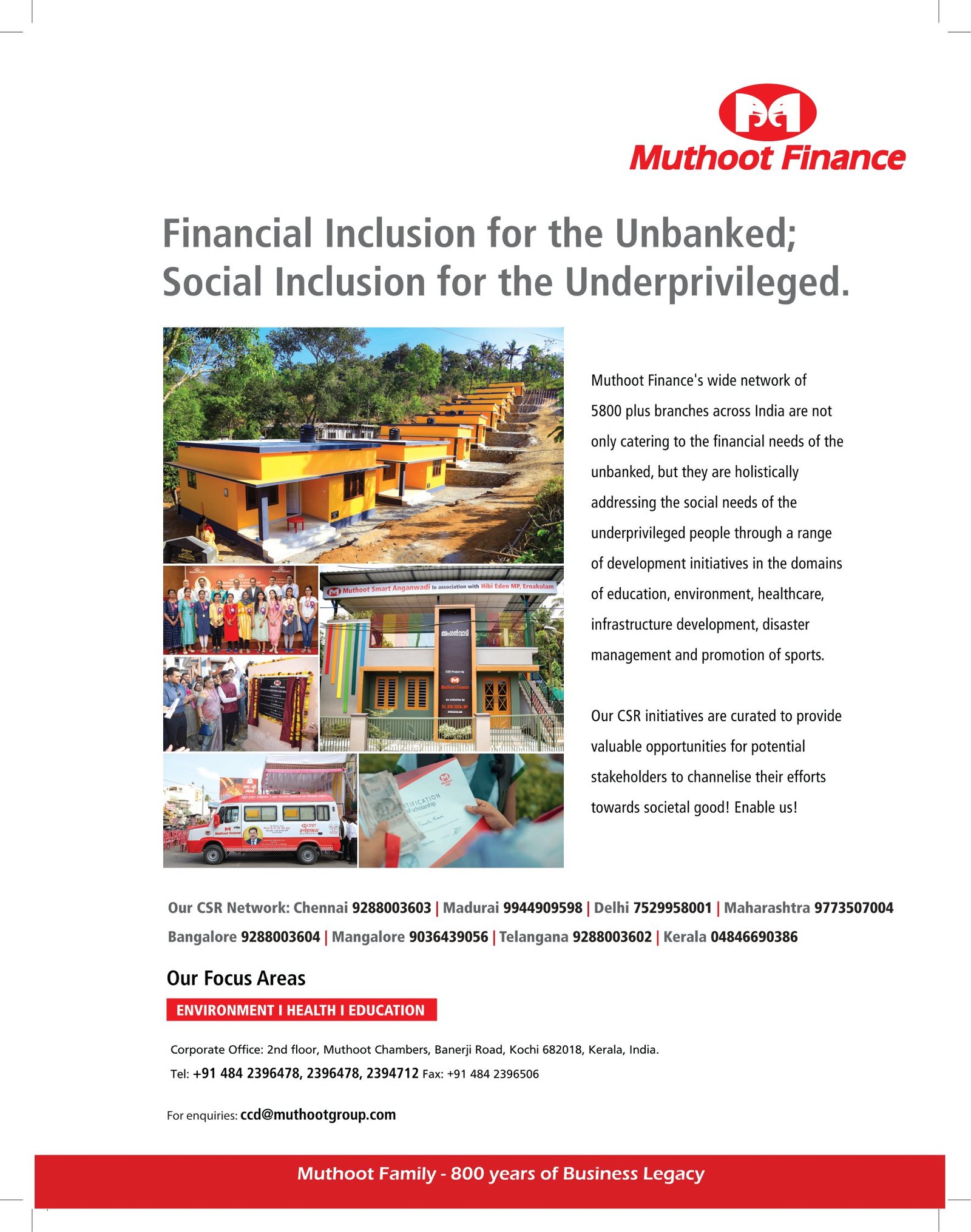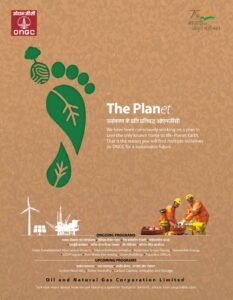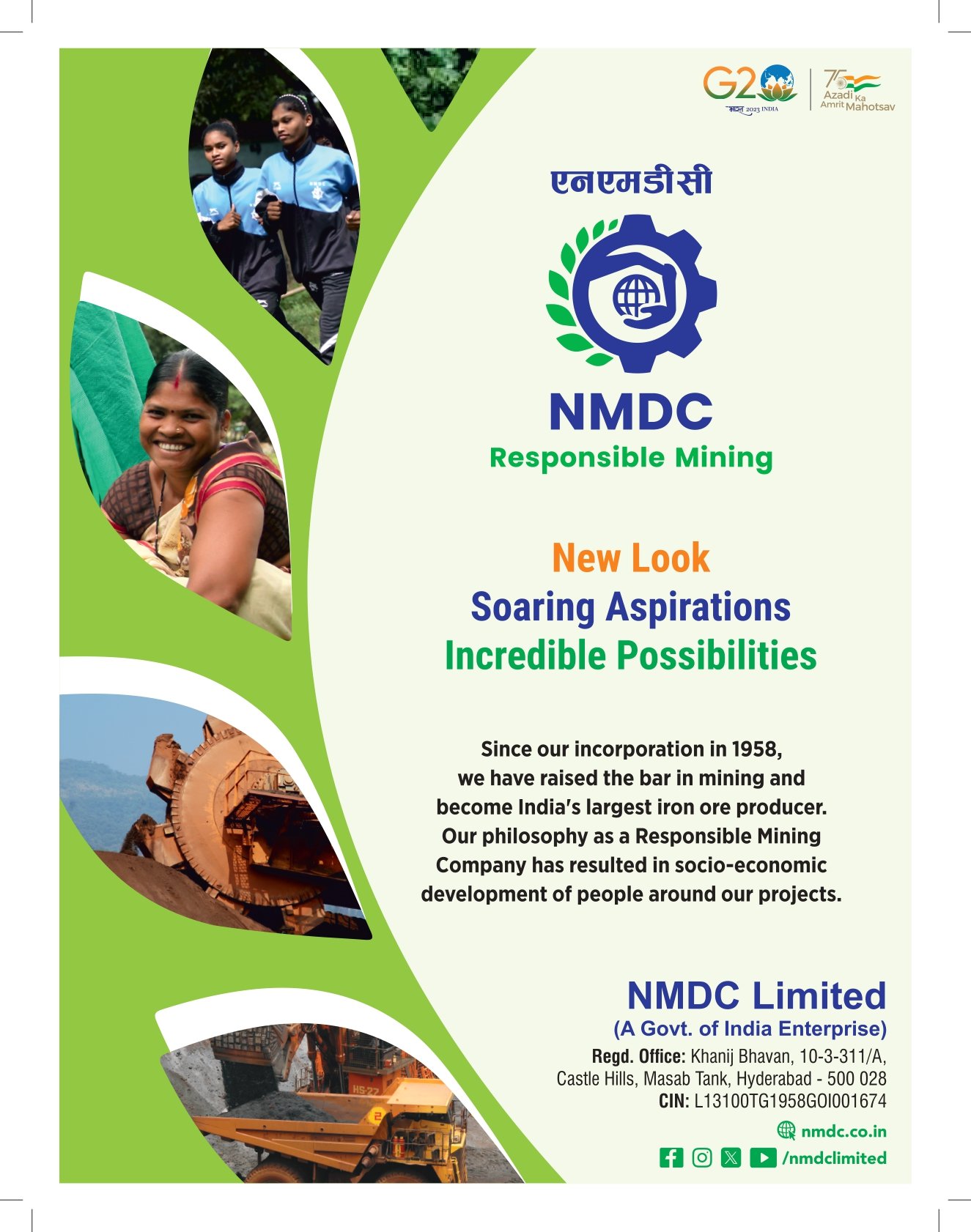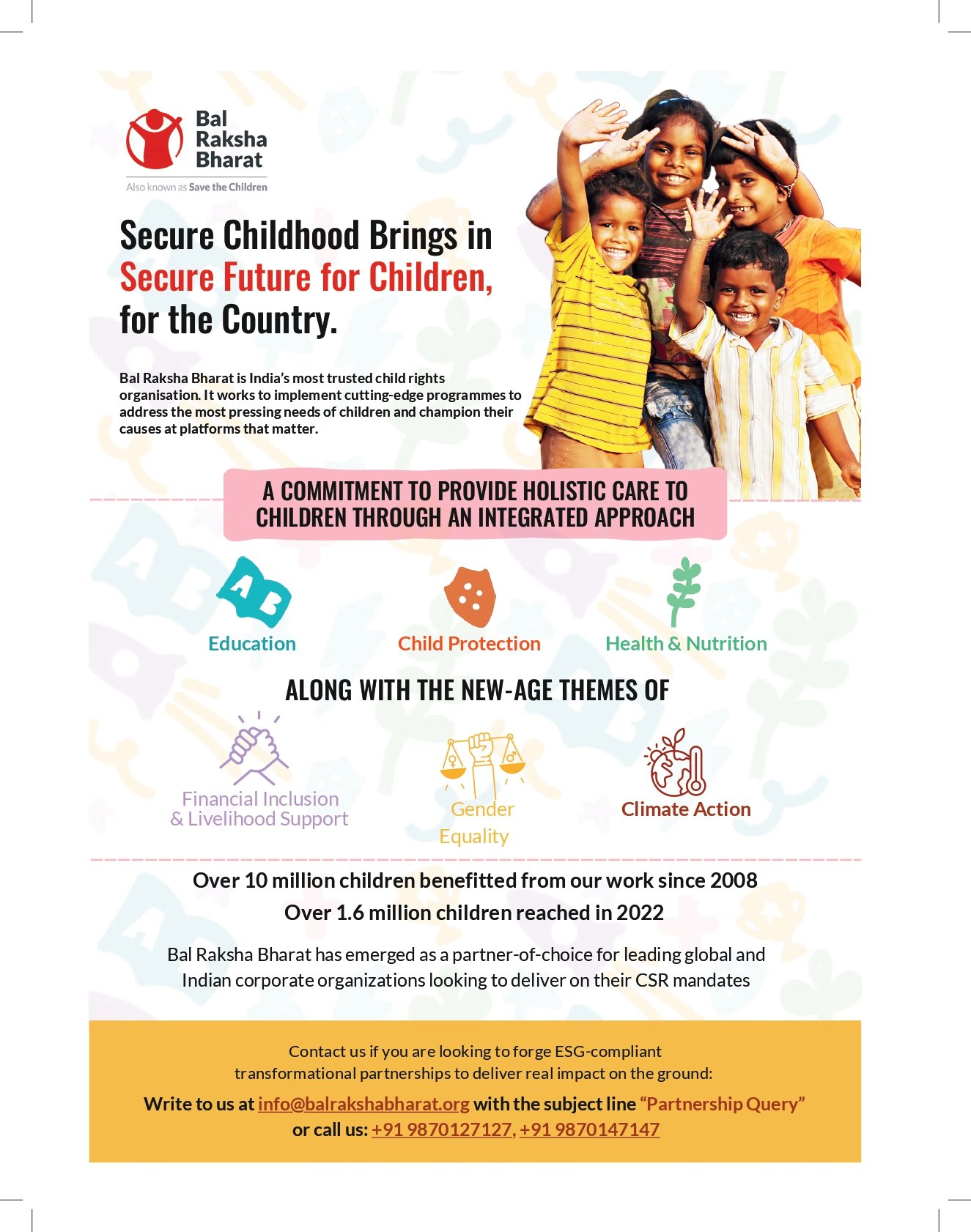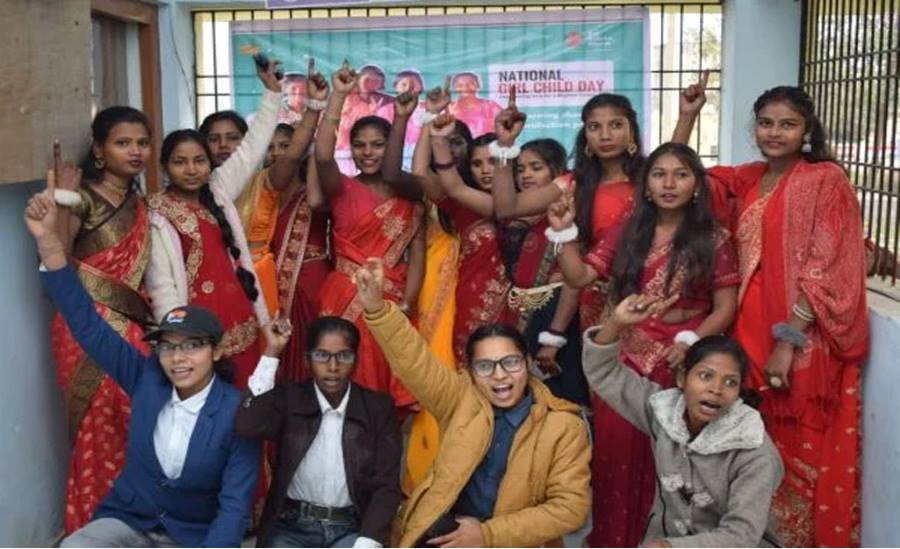
Addressing Systemic Barriers to Girls’ Education
In recent years, Rajasthan has made significant strides in enhancing educational opportunities for girls, particularly among marginalized communities. The state government, in collaboration with various organizations, has implemented targeted initiatives to overcome socio-economic and cultural barriers, resulting in notable improvements in female literacy rates.
Despite significant progress in promoting girls’ education in India, substantial challenges still persist. Government data reveals that the female literacy rate in Rajasthan was 52.66% as per the 2011 Census, markedly lower than the male literacy rate of 79.2% https://neuroquantology.com. This disparity underscores ongoing socio-cultural and economic barriers that hinder girls’ educational attainment. Nationally, the Gross Enrollment Ratio (GER) for girls at the primary level has reached 96.3%, nearly equal to that of boys, according to the Ministry of Education’s 2021 report https://theacademic.in
However, challenges such as traditional gender roles, early marriage, and caste-based discrimination continues to restrict girls’ access to education, especially in rural and marginalized communities The National Family Health Survey (NFHS-5) 2019-21 provides valuable insights into the educational landscape for girls in Rajasthan, highlighting both progress and ongoing challenges. The percentage of women aged 15-49 years who have completed 10 or more years of schooling increased from 26.8% in NFHS-4 (2015-16) to 36.7% in NFHS-5. For children aged 6-14 years, school attendance was recorded at 95%. However, this figure drops to approximately 73% among girls, for adolescents aged 15-17 years, indicating higher dropout rates during secondary education.
The literacy gap in the state between males and females remains significant. As of the 2011 Census, the male literacy rate stood at 79.2%, while the female literacy rate was 52.66%. This gap highlights the need for targeted interventions to promote gender equality in education within the state.
These statistics highlight the ongoing need for targeted interventions to address the systemic barriers hindering girls’ education in Rajasthan and across India.
One of the major challenges is the lack of secondary school access in rural areas. Many villages lack schools beyond the primary level, forcing girls to travel long distances, which raises concerns about safety and parental reluctance. Additionally, financial constraints often push families to prioritize the education of boys over girls. Furthermore, gender stereotypes and early responsibilities within households restrict the aspirations of young girls, limiting their opportunities for higher education and employment.

Solutions to Bridge the Gap
To effectively address the challenges faced by marginalized girls in accessing education, a multi-faceted approach is essential. Expanding and strengthening residential schools, such as Kasturba Gandhi Balika Vidyalayas (KGBVs), can provide a secure and enriching learning environment, with improved infrastructure, security and digital resources enhancing enrollment and retention. Community and parental engagement play a crucial role in changing societal perceptions about girls’ education, and awareness campaigns along with parental counseling can ensure long-term support for their academic journeys. Financial assistance through scholarships, stipends and bicycles can help ease economic burdens and encourage families to keep their daughters in school. Additionally, integrating vocational and life skills training, including self-defense, leadership development, and career guidance, empowers girls with the confidence and independence needed to shape their futures. Leveraging technology, such as digital education platforms and distance learning programs, can further ensure continuous access to knowledge, even in remote areas, breaking barriers to education and fostering a culture of lifelong learning.
Alignment with National and Global Efforts
The effort to educate marginalized girls aligns with broader national and international programs aimed at achieving gender equality in education. Initiatives like Beti Bachao Beti Padhao (BBBP) and the Samagra Shiksha Abhiyan aim to enhance access, quality, and inclusivity in girls’ education. Globally, this aligns with the United Nations Sustainable Development Goal (SDG) 4, which focuses on ensuring inclusive and equitable quality education for all. By integrating these efforts, India can accelerate progress towards bridging the gender education gap.
Transformative Impact and Future Prospects
Targeted programs that focus on empowering girls through education have already yielded significant success stories. One such case is that of Kiran Kumawat from Ajmer, Rajasthan, who overcame socio-cultural and financial barriers to pursue her education at KGBV. Despite opposition, she demonstrated resilience and excelled academically, securing a government position as a Branch Post Master—an achievement that underscores the power of education in breaking cycles of poverty and gender inequality.
Organizations like Bal Raksha Bharat, in collaboration with P&G Shiksha, have contributed significantly to creating these opportunities by enhancing learning environments, equipping girls with life skills, and fostering a culture of continuous education. Since July 2011, Bal Raksha Bharat, in partnership with P&G Shiksha, has been on a mission to transform the educational landscape for marginalized girls in Rajasthan. The initiative, “Empowering Marginalized Girls through Quality Education,” has touched upon the lives of over 20,000 girls aged 11-14 years across 11 districts in the state. The initiative has been addressing systemic barriers and creating opportunities for academic and social growth
Conclusion
Ensuring access to quality education for marginalized girls in Rajasthan is not just a moral obligation but a critical investment in the future. By addressing systemic challenges, strengthening educational institutions, and promoting gender-inclusive policies, India can unlock the potential of millions of young girls, paving the way for a more equitable and prosperous society. The journey towards transformative education is ongoing, and sustained efforts are needed to empower more girls to overcome barriers and achieve their dreams.
Author
Neema Pant
Head, Project Implementation
Bal Raksha Bharat


